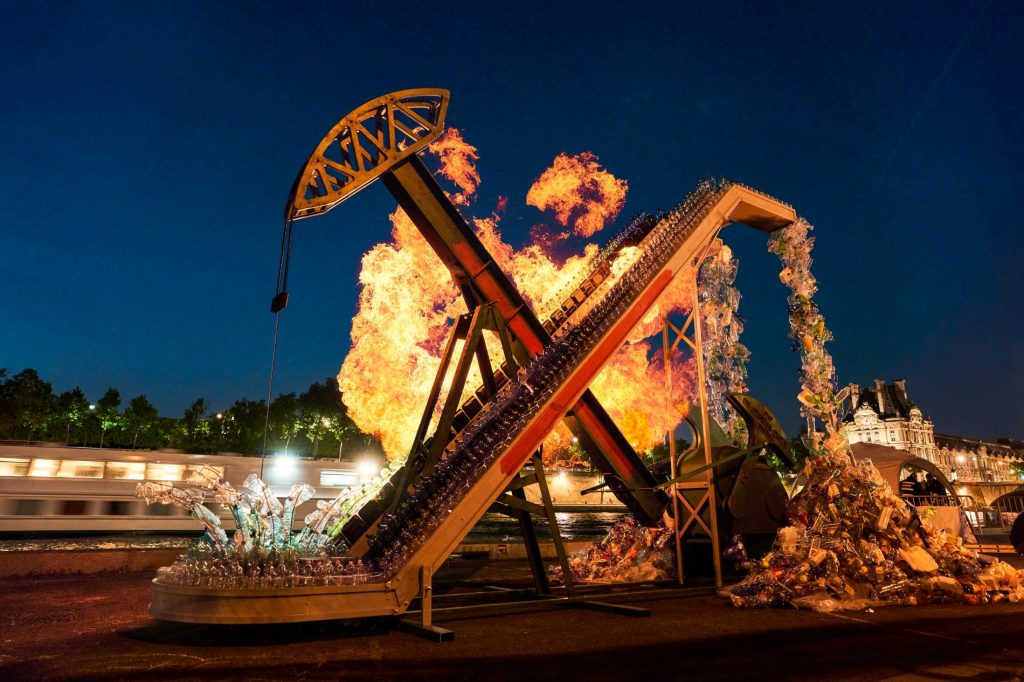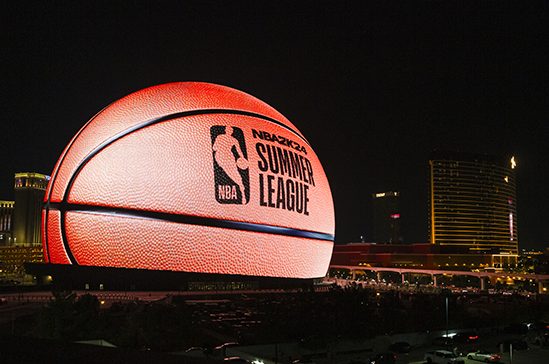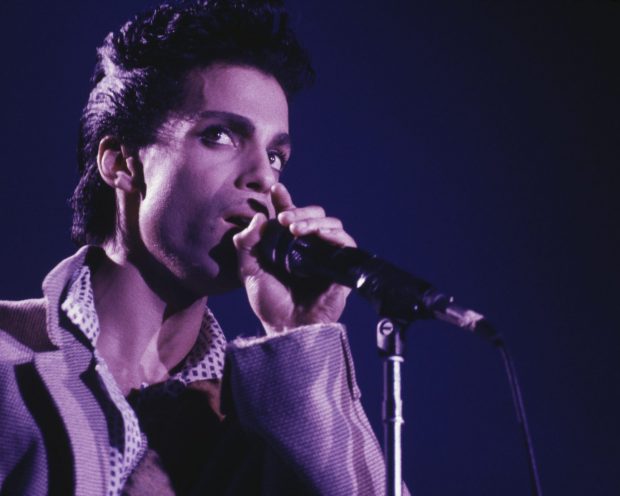More than 100 countries attending the COP28 UN Climate Summit — currently in its second week in Dubai — have committed $420 million to triple renewable energy capacity worldwide by 2030. It’s a salient reminder that the experiential industry has much to do to become more sustainable, too. In fact, research suggests that the annual carbon footprint of the events industry represents more than 10% of global CO2 emissions. That’s on par with the yearly greenhouse gas emissions of the entire US.
Luckily, experiential activists and creators are making environmental sustainability their life’s work.
A former mining engineer and the son of Malaysian immigrants, artist and XLISTER Benjamin Von Wong’s hyper-real photographs and larger-than-life installations aim to raise awareness and promote action for social and environmental causes.
“Too often we focus on change as the moment when ice turns to water, but change can be invisible,” says Benjamin. “Temperature shifting from -20 degrees to -10 degrees is change. It’s just sometimes a little bit more imperceptible.”
Collaborating with corporations and organizations such as Greenpeace, Nike, Starbucks, Dell and the United Nations, Benjamin is the mastermind behind pieces like the Perpetual Plastic Machine, a colossal 15-foot-tall installation highlighting the toxic union of fossil fuels and plastic production, and the Extinction Thermometer, a 10-foot-tall reminder of the connection between climate change and biodiversity loss.
We spoke with Benjamin while he was on location in a remote bamboo village in Thailand — busy at work on his next piece using biochar — for a conversation that hopscotched from what initially inspired his work to what experiential leaders can do to move toward sustainability and the impact of his engineering background on his artwork.
What inspired you to begin your work with recycled materials?
My first recycled materials project was when The Great Pacific Garbage Patch was discovered. I wanted to highlight how plastics were flowing into the ocean, and my mom had just found a mermaid tail designer in Montréal. I thought, why not put a mermaid on 10,000 plastic bottles? Mermaids Hate Plastic was so powerful because it forces us to confront the volume of material we go through. Since then, I’ve taken the same approach and applied it to categories like fast fashion and electronic waste.
What has been your most rewarding sustainability-focused project thus far? What makes it stand out?
The Giant Plastic Tap project, specifically the version of it that I created at the United Nations. This was an art installation that greeted 1,500 delegates from 193 countries who arrived to negotiate the Global Plastics Treaty at the UN Headquarters in Nairobi, Kenya. It’s the most gratifying because it was an opportunity to create art where all of the biggest environmental policy decisions were being made.
As an activist, I want to put my work in front of decision-makers — I don’t just want to constantly shame and guilt the rest of us. I also want to make sure that we are creating systems and incentives so people are set up for success. I hope to continue being as involved as possible on the global stage and taking part in important conversations that help change culture.
How does your engineering background influence your work as an environmental artist?
My engineering background has been particularly helpful in simply bringing these large projects to life. There’s a problem-solving methodology that carries through, regardless of what industry you’re in and what kind of work you do. These art pieces are actually big logistical projects. Along the way I’ve had to figure out how to manage budgets as well as people.
As an experiential creative, you’ve worked with many behind-the-scenes professionals like producers and even brands; what advice would you give to them to make their events more sustainable?
There are a couple of things we can do. It starts with being deeply interested in figuring out how you can make your practice more sustainable. You’re not going to find any new strategies or techniques if you don’t start looking. The pure exploration of that is where it all starts. Along the way, you find allies and friends who care about the same thing.
Then the obvious one is to find better clients. Some clients just want something the cheapest and the fastest, with a very narrow focus. With those clients, you’re never going to be able to make your projects more sustainable unless you eat the cost for it.
What is one small (or not so small) thing an experiential leader can do to take the first step toward sustainability?
Think about what you can do rather than waiting for someone to permit you to do it. Too often, we give power for change-making away instead of holding onto it. We say, oh, it’s the fault of those people over there or if only the world was like this, then I could do things this other way. Waiting never allows us to lead from the front and hand over the power of change to other people.
Join us in XP Land. A community for experiential creatives and experience-makers, brand leaders and IP-owners, space stewards and venue visionaries — all of those in the business of epic gatherings and live, immersive storytelling.



